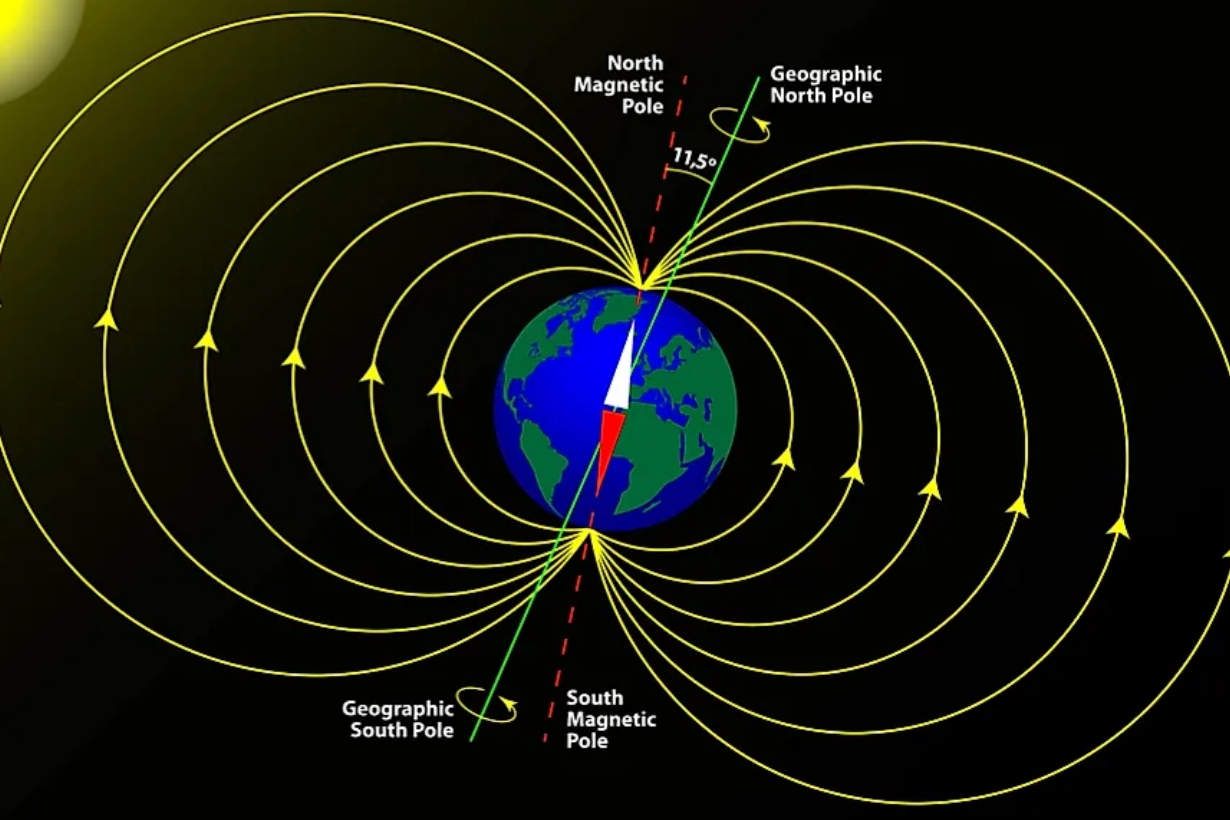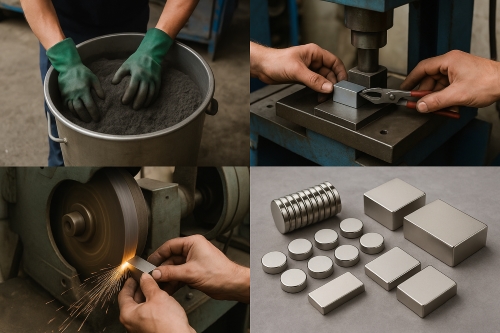Permanent Magnet used in the Medical Industry
Magnets are one of the most relevant discoveries of man. How they can be applied is endless. We’ve talked about Permanent Magnet Used in the Food Industry last week. Apart from it, the medical industry is also one of the many industries that benefit from the use of permanent magnets. The medical industry is an ever-evolving one, constantly adopting the latest technology to enhance overall health management. Magnets have proven to be of great help in the medical field. Some of the breakthroughs in modern-day medicine would never have been possible without help from magnets. As far back as the middle ages, magnets were already in use in the medical industry. Their popularity in the middle ages was due to the belief that magnetic fields could attract diseases and expel them from the body. Although this has proven to be a myth, most uses of magnets in modern-day medicine have scientific backing.
Magnetic Resonance Imaging
One of the most recent and popular uses of permanent magnets in modern-day medicine is Magnetic Resonance Imaging (MRI). MRI is important in radiology. MRI scanners incorporate strong magnetic fields with radio waves to function. They offer clearer images of the internal organs and structures of the body, making it easier to detect anomalies and diagnose disease conditions. MRI is also used as a follow-up after surgery or other forms of treatment. MRI was developed in the late 70s to early 80s, and since then, over twenty-five thousand MRI scanners have been used worldwide. It has proven to be helpful in different areas of medicine. Some of these areas include but are not limited to neurology, cardiology, and oncology.

A modern MRI Scanner (Source: Wikimedia Commons)
Insulin Pumps
Diabetes mellitus remains a significant health concern in the world today. As of 2019, about 11% of the American population suffered from diabetes mellitus. Insulin is a hormone that is used to manage diabetes mellitus. Naturally, insulin is produced by the pancreas. However, in people with diabetes type 1, the insulin pump will prove helpful as the pancreas is unable to produce adequate insulin. An insulin pump is a device that is placed outside the body but releases insulin into the subcutaneous tissue by a tube connected to a cannula. This pump is driven by a motor that produces a magnetic field. Hence, magnets are useful in the fight against diabetes mellitus.
Parkinson’s Disease
Parkinson’s disease is a neurological disorder caused by the inability of the substantia nigra (a part of the brain) to produce enough dopamine. It is characterized by resting tremors. In recent times, it has been discovered that transcranial magnetic stimulation effectively alleviates the symptoms of Parkinson’s disease.
Blood Separation
Blood separation is the process of fragmenting blood into its various substituents. It is a process that is important in disease diagnosis and investigation. Usually, blood separation is carried out by a means known as centrifugation. However, recent studies have shown that magnets can be employed in blood separation. The process of separating blood cells is known as magnetophoresis. It works based on the principle that white blood cells and red blood cells move in different directions when placed in a magnetic field.
Magnetic Surgeries
Permanent magnets are now being used in surgeries. These surgeries require as few incisions as possible. This means surgeries carried out with magnets reduce the risk of complications. Also, since magnetic surgeries are typically minimally invasive, the rate of recovery is significantly faster. The first surgeon to carry out a magnetic surgery was Jeffrey Cadeddu.
Dentistry
Permanent magnets are popularly used in orthodontics. The magnets used in dental devices are usually small-sized to enable them to fit in the mouth of the patient without any discomfort. A wide range of materials can be used to make the magnets used in dental care. Some of these materials include Alnico, ferrite, neodymium, and rare-earth metals.
Hearing Aids
Hearing aids use magnetic technology to improve hearing. The magnets transmit sound waves from the external ear to the inner ear. In addition, magnets present in hearing aids ensure that the hearing aid does not shift out of place. The risk of an ear infection from a magnetic hearing aid is also less compared to more conventional hearing aids.
Drug Delivery
Permanent magnets are used to deliver drugs. This is another interesting application of magnets in the medical industry. This method of delivery is mostly used for anti-cancer drugs. It was first used in the 1980s but has gained popularity since then. A magnetic field is generated by an external magnet. This external magnetic field then directs drugs containing nanoparticles to the target organ, where the drug will be delivered.
Conclusion
The medical field is one of the most impactful aspects of human endeavor in our world today. Permanent magnets have made remarkable changes in the medical field and, in so doing, have greatly improved the quality of healthcare. Research is still ongoing on just how much of an impact the magnetic field will have in the modern-day medical field.















